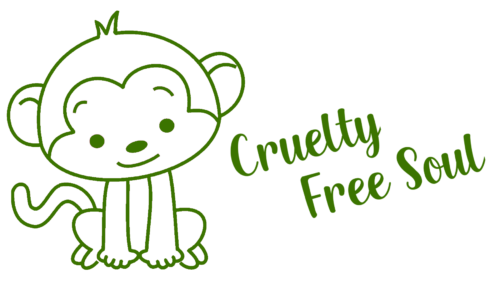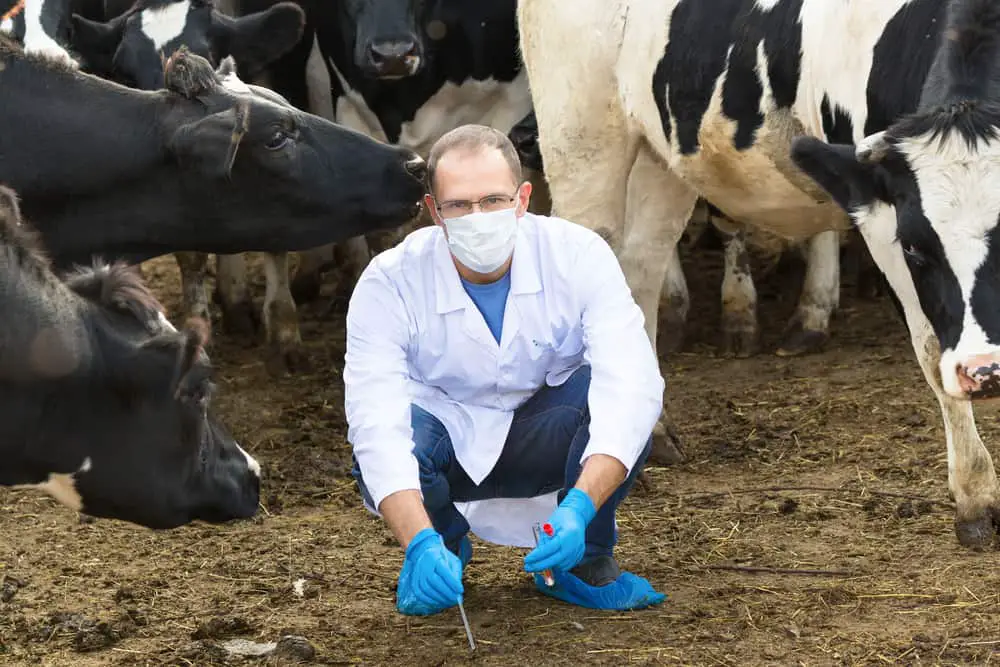Animal testing in Ireland has dropped significantly. Not only has their overall uses for animal testing, but the number of animals subjected to “severe” experimentation has decreased too. In this article we’re going to find out what sets Ireland apart from so many other countries like the US and China.
Although animal testing is used in Ireland for many of the same reasons as other nations, they don’t necessarily share the same regulations. Despite its potential to significantly harm, mutilate, or kill thousands of animals, animal testing is used considerably worldwide due to its limited alternatives and vast scientific research benefits.
Read on to learn more about animal testing in Ireland regarding their recorded figures for uses, reuses, and the purpose, as well as any significant animal testing issues still being fought in Ireland today.
Evidence of Less Animal Testing in Ireland
The brightest note to start with is that the number of animals used for animal testing in Ireland has dropped immensely, both from 2018-2019 and the past decade.
In 2007, only about 64,378 animals were used for animal testing, less than half of its 2019 figures. Unfortunately, a mere two years later, these figures skyrocketed to a whopping 249,206 in 2009. An utterly unprecedented number of tests, unlike anything Ireland, had ever conducted.
Many attribute this unimaginable increase to the establishment of prominent pharmaceutical companies, such as Allergan and several similar companies in the nation. With their arrival came the increased use of animals in cosmetic botulinum toxin tests – more commonly known as Botox testing.
Gratefully, cell-based methods for testing Botox-type products were introduced, which provided a much-needed alternative to poisoning live animals.
Another benefit of this method is that it is much more reliable and indicative of human reactions than animal testing results.
Other contributing factors here are the increase in the reuse of animals for animal testing and the 33% decrease in the use of animals for regulatory testing. But, we will discuss this all later on.
Ultimately, testing figures dropped significantly for just a couple of years in animals used in research and testing procedures. Although it is still far from Ireland’s figures before the increase in Botox testing, it is a significant improvement and a beacon of hope that the trend will continue in future years.
Most Experiments are Considered “Mild” Severity
Every nation has a categorized system that details how invasive or harmful an experiment or test is to the animal used. However, despite many similarities in their criteria, these categories are typically unique to each nation.
In Ireland, all tests and experiments where animals are used must be reported under one of the four categories of severity.
Although we would think all countries are transparent about their animal testing experiments, this is not the case, both Australia and Canada do not disclose their numbers and as they are both in the top 5 countries in the world, one only can imagine what these figures would be if they were more honest.
For more information read:
Back to Ireland, the animal testing experiments are borken down into these categories include and are defined as:
Some animals, like the badger, are even strictly protected under the national legislature and prohibited from experiencing severity levels other than mild or moderate.
Decrease in “Severe” Impact Animal Testing
In addition to the majority of animal tests in 2019 classified as “mild,” there was also a substantial decrease in the number of tests classified as “severe” as well as “non-recovery.”
According to figures acquired by the Health Products Regulatory Authority (HPRA), the number of “non-recovery” test where an animal was inevitably euthanized were more than halved between 2018 and 2019. The resulting figure of 1,065 represents fewer than 1% of the experiments conducted in 2019.
Tests classified as “severe” have continued to decrease substantially as well, particularly from 2017 to 2018. The initial 2017 figure of 77,596 declined to 33,746 in 2019, comprising 17% of the total tests that year.
Although this is still a significant number of animals subject to severe pain and long-lasting suffering, the massive reduction in overall animals used for such tests is encouraging. Hopefully, it indicates a trend that will continue in the future.
Animals Used Mainly for Regulatory Testing
Each nation has its own categories for animal testing that must be used for recording purposes. In Ireland, there are six categories which include:
This category is so high in Ireland because it is a legal requirement for facilities to test the safety, quality, and potency of medicines, such as vaccines, before being sold on the market.
Increase in Reuse of Animals in 2019
One reason that tests in Ireland have decreased in the past several years is because animals are increasingly reused animals for tests.
From 2018 to 2019, the reuse of animals increased from 180 to 2,275. Although this can certainly be cruel to the animal to reuse it multiple times for research, most of these reuses are subject to strict regulations that prevent unnecessary harm to the animal.
For instance, of the 2,275 animals used:
Not only are these animals being used for educational purposes and unlikely to experience invasive tests, but there are also regulations regarding animal reuse in Ireland.
Animals are only permitted to be reused if the test's severity is “mild” or “moderate.” And the animals must also return to full general health before they are permitted to be reused for subsequent tests.
As a result of these regulations, fewer animals are subjected to animal testing, but those users must comply with strict regulations for their well-fare.
Animal Toxicity Testing of Cosmetic Botulinum Toxin is Still Legal
It is certainly heartening to see that there have been significant reductions nationwide in the use of animal testing and the severity of these tests. However, there is still one important issue regarding animal testing that animal rights organizations are battling in Ireland.
As a member of the European Union, Ireland must legally comply with EU regulations regarding animal testing, particularly those that prohibit cosmetic animal testing. However, despite this law, facilities in Ireland have found loopholes around the prohibition of cosmetic testing to allow them to use animal toxicity testing of cosmetic botulinum toxin, also known as Botox testing.
Irish facilities can do this because Botox-type products are administered differently from cosmetic products because they are injected into the skin and used for medical purposes. Therefore, many Botox product projects label themselves as “medicinal” to use this form of testing.
As a result of this horrific form of testing, there was a substantial increase in animal testing in Ireland that has only started declining in recent years with a non-animal alternative.
The goal for animal rights organizations and supporters is to pass legislation prohibiting this form of testing as well as pushing the benefits and awareness of non-animal alternatives.
Final Thoughts
Comparatively, Ireland is far from the worst nation with it comes to animal testing. Their overall figures don’t even scratch the millions of animals used in China, Japan, and the United States.
Furthermore, the nation has made profound strides to decrease their overall number of tests and animals used and incorporate more non-animal testing alternatives.
Hopefully, more alternatives are introduced and used in the future, and their numbers continue to decline, particularly in their more severe categories.


